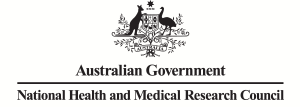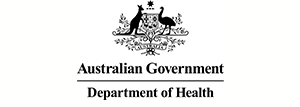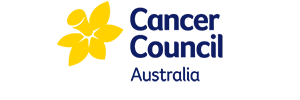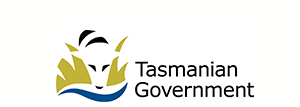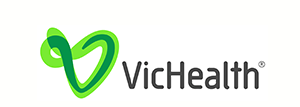How to fund prevention delivery

Status completed
Start Date
End Date
Resources pre-exist in communities, however, they are also developed, or hampered, by health funding processes.
This project aimed to examine the mechanisms for prevention funding at local, state and national levels and the consequences for building prevention capacity.
Introduction
The project has gained insights to help predict how to adjust prevention funding formulas to local contexts and appreciate why some ways of funding preventive programs may be counter-productive.
This project will continue to produce peer-reviewed publications and other resources beyond its funding end date.
About
Resources and funding models for prevention
Project titleWhat is the issue?
Resources are what individuals and communities draw on to improve their quality of life. These can include traditional economic resources, such as capital, infrastructure and materials, and also non-material resources such as community narratives, culture, and self and collective efficacy. Resources pre-exist in communities. But they are also developed (or hampered) by health funding processes.
Building on some earlier work with NSW Health and a project in Tasmania, this project is an examination of the mechanisms for prevention funding at local, state and national levels and the consequences for building prevention capacity. We hope to gain insights to (1) help predict how to adjust prevention funding formulas to local contexts; and (2) appreciate why some ways of funding preventive programs may be counter-productive.
How is the project addressing the issue?
We are conducting literature searches and conducting interviews with bureaucrats and policy makers to collate and describe different funding models and review their implications. We are interviewing holders of project grants in health promotion and conducting analyses of grant funding panel discussions.
Relevance for policy and practice
We will expand understandings of resources that goes beyond paid staff, materials, training and venue costs. The benefit of long-term capacity building for prevention will be more clearly elucidated, along with the types of funding processes that sustain it.
What are the expected outcomes?
Ultimately, we will offer a new concept of resources that goes beyond current understandings about paid staff, materials, training and venue costs. This will help us suggest how we might eventually put an economic value on currently ‘hidden’ resources in communities.
We will help practitioners and policy partners to better appreciate ‘true’ local costs when external programs are introduced. Policy partners will be in a better position to select and combine different prevention funding options.
Publications
Other publications
Presentations
- Lobley V. New roles for old tools: program resource tools as objects of value in the practice of health promotion. The Australian Anthropological Society Annual Conference, Canberra, 3 December 2019
- Lobley V. Panellist, What do they value? Anthropological perspectives on health-related professions.The Australian Anthropological Society Annual Conference, Canberra, 3 December 2019







